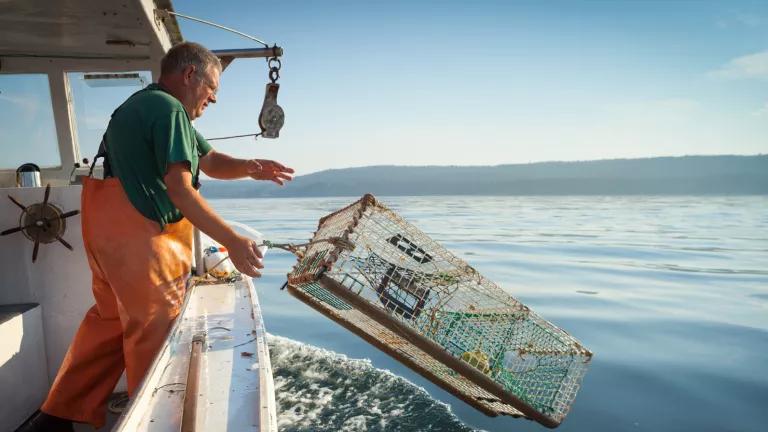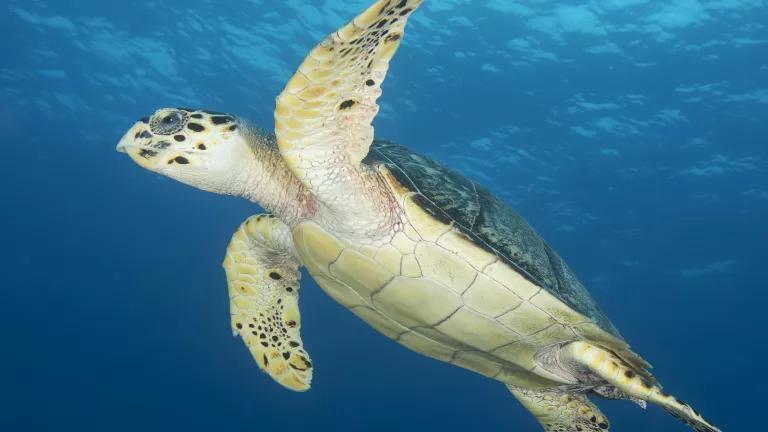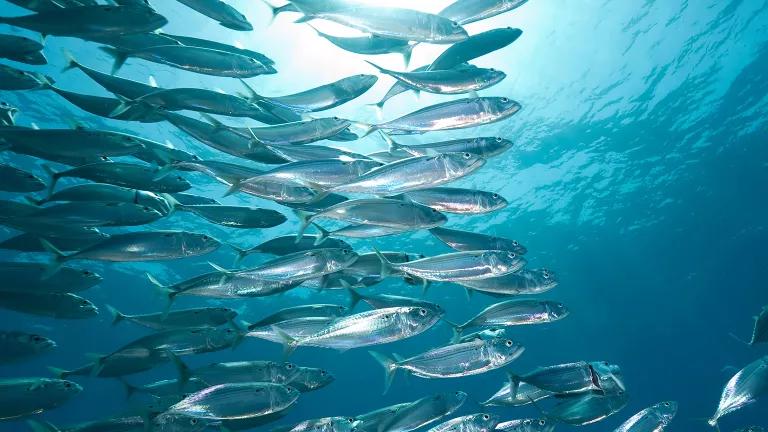
The Fisheries Climate Science Strategy released this week by the National Oceanic and Atmospheric Administration (NOAA) is an important and bold step by the agency to better manage our nation's fisheries in the face of a changing climate. It's a commitment by NOAA to get ahead of the game and establish the structures (information and tools) and support (partnerships) it will need to better manage fisheries in a changing world.
Climate change and ocean acidification have already changed the contours of the fishing industry in our country. American lobster fisheries in Connecticut and New York have nearly vanished due to warming waters and increased incidence of disease. Some scientists believe that rising temperatures have thwarted the recovery of the long-overfished Atlantic cod in the Northeast. Rising acidity along the coast of the Pacific Northwest has caused massive die-offs of oyster larvae. As fish move northward and into deeper waters as a result of rising water temperatures, historic fisheries will fade and new ones will arise in coastal fishing communities around the United States. These changes will make it harder for the National Marine Fisheries Service (NMFS) to fulfill its mission to manage and sustain fishery resources and their ecosystems for the benefit of the nation.
NOAA's strategy is the agency's response to the question: What does a climate-ready NMFS look like?
The agency's answer is an impressive, comprehensive analysis of what research investments are needed to fulfill its mandate. Seven key scientific objectives are identified, and their implementation will be tailored regionally by the science centers.
The objectives as outlined by NOAA are the following:
Objective 1: Identify appropriate, climate-informed reference points for managing [Living Marine Resources] LMRs.
Objective 2: Identify robust strategies for managing LMRs under changing climate conditions.
Objective 3: Design adaptive decision processes that can incorporate and respond to changing climate conditions.
Objective 4: Identify future states of marine, coastal, and freshwater ecosystems, LMRs, and LMR dependent human communities in a changing climate.
Objective 5: Identify the mechanisms of climate impacts on ecosystems, LMRs, and LMR dependent human communities.
Objective 6: Track trends in ecosystems, LMRs, and LMR-dependent human communities and provide early warning of change.
Objective 7: Build and maintain the science infrastructure needed to fulfill NOAA Fisheries mandates under changing climate conditions.
They illustrate four main themes. We need to monitor the changes that climate change brings about - both in the sea and in the human fishing communities. We need to better understand how rising water temperatures and declining seawater pH affect fish populations. We need to be better at predicting the changes with modelling. And, we need to develop tools that can help us make decisions in the face of uncertainty.
Importantly, priority actions are identified. The first is a call to assess the vulnerability of fish stocks to climate change and ocean acidification. This type of research will go a long way to prioritizing research projects and helping fishermen prepare and adapt to the changing oceans. In truth, if implemented, each of the identified research objectives will improve fisheries management and sustainability even if the climate were not changing. However, it is ever so important in the face of a rapidly changing environment. We applaud NOAA for its commitment to this important body of science.



